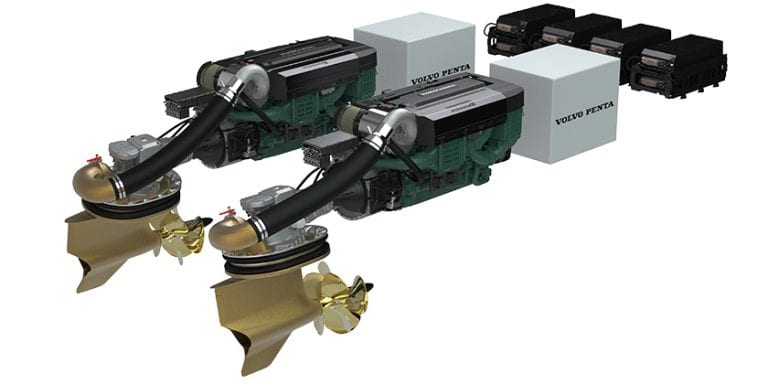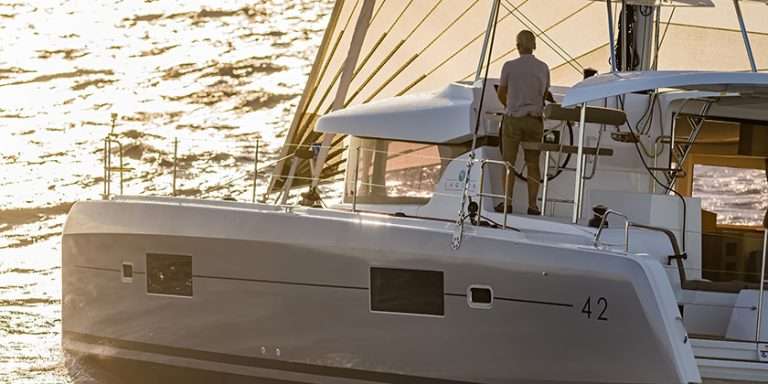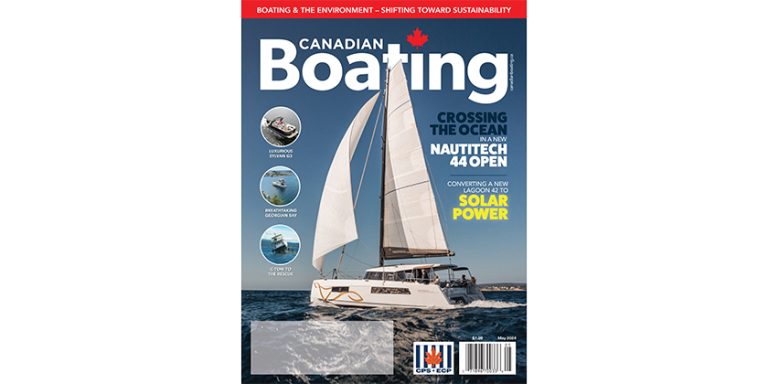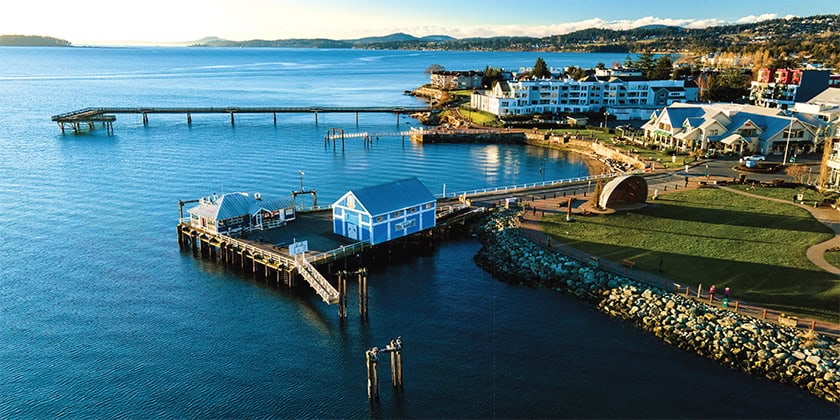Boat Nerd: DC Circuits Part 5 – Fuses

Mar 9, 2022
Figure 10: the fuses I’ve most often used. From left to right, Class T and fuse block, ANL and fuse block, MTBF fuse (needs special fuse holder), Maxi fuse, and ATC fuse. Note that the Class T and ANL fuse holders come with a clear protective cover to prevent touching the terminals (not shown in this photo).
Figure 10 shows many of the fuse types commonly found on a vessel and the ones I use most commonly. (but not a complete list by any means). They differ by physical size, current capacity and AIC. Working right to left we have:
1)ATC fuses (also called automotive fuses) are an easy way to fuse circuits up to 30A. They are rated for use on DC circuits up to 32V. There are normal, waterproof, and multi-fuse block holders available to hold these fuses. I prefer to use these instead of glass cylindrical fuses due to the later having contact corrosion issues in many fuse holders.
2)Maxi fuses look like a larger version of the ATC fuse. Available in 30-80A range, they are also rated for use on DC circuits to 32V.
3)MTBF fuses are an easy way to add a fuse when not much room is available. They come in 30-300A sizes and are rated for use on DC circuits to 58V. Special Terminal Fuse Blocks holders, that mount on a 3/8” stud and hold one or two fuse, must be used with them. They have an AIC rating of 10,000A@14V, 5,000A@32V and 2,000A@58V.
4)ANL fuses are good fuses for higher current uses with ratings being available in 35-750A versions. They are only rated for use on DC circuits up to 32V but have an AIC of 6,000A. It normally uses a holder such as the one show in the photo.
5)Class T is the largest and most expensive fuse. Available in current ratings of 110-400A, it is rated up to 125VDC and it has an impressive AIC of 20,000A. It uses the holder visible in the photo. This is the fuse type that will normally be used as the main battery fuse (especially with Lithium batteries!) because of its high AIC rating.
All OC devices should be located within 7” of the battery bank (or at the point of connection where a smaller diameter wire is not covered by appropriate upstream protection) unless in a sheath or conduit when it can extend to 72” with the proviso it must be as close as practicable.
|
ATC |
MAXI |
MTBF |
ANL |
Class T |
|
|
Working voltage |
32V |
32V |
58V |
32V |
125V |
|
Current size |
1-30A |
3-80A |
30-300A |
35-750A |
110-400A |
|
AIC |
1000A |
1000A |
10,000A @14V |
6000A |
20,000A |
Selecting the correct rating for a Fuse or Circuit Breaker
One concept that may take a bit of head scratching is that you “fuse” the wire, not necessarily the end device. The purpose of the OC device is to protect the wire and anything downstream should a fault develop. If the wire should chafe through to something at ground potential or a short develops in the light, motor or electronic device connected, the OC device must clear the fault to prevent a potential fire. Since most heat will be developed in the portion of the circuit with the highest resistance (smallest wire usually) this is the portion the OC device must be sized to.
To illustrate this, if you have a VHF radio that draws 5A when transmitting and is connected with #12 wiring, the OC device would be sized to protect the wiring not the VHF. Something like 20A would be appropriate. At the VHF you will then typically find the manufacturer includes a fuse (7A perhaps) to protect the actual radio. This works well when you have several devices all connected to the same #12 wiring, each with it’s own low amperage fuse.
If however the wiring serves a single device then you have the option of installing a lower value breaker (5A is typically the lowest available) as long as the cable still has a higher current rating, and deleting the fuse at the end device if it’s similarly sized.
Where this can get tricky is having one breaker feed or protect several circuits. You must take into account the total load of all devices on the circuit downstream of the breaker as well as the current carrying capacity of the smallest wire in any part of the circuit. The OC must be sized for the smaller of either the total load or the current capacity of the smallest wire.
Some devices (especially motors) will specify the value of the fuse or breaker to protect the vessel if the motor (pump) gets jammed and a locked rotor condition with attendant high current occurs.
One item that often gets overlooked are the small voltage and current sensing wiring associated battery monitoring. All voltage sensing wiring, and current sensing where the shunt is in the positive side of the circuit, need fuses, typically 1 or 2 Amps.
Engine Cranking Circuit
ABYC standards do not require the engine cranking circuit to be fused. Nigel Calder has speculated this may be a holdover from when the automobile where starter, alternator and battery were very close to each other and well secured. Many boat installations today may have significant distances between the start battery and the engine. As Calder points out, if a fire occurs in a car you can pull over and exit the vehicle. On a boat, fire can be life threatening and given the number of vessel fires of an electrical origin, there is no reason to have an unfused circuit on a boat.
I follow Calder’s philosophy and fuse the start circuit at on my 3YM30 and 3JH4 cranking circuits at 300A. This fuse size is greater than might typically be calculated based on wire size as most starting circuits have smaller wire due to the start circuit being on so briefly the wire doesn’t get a chance to heart up. This value is high enough to prevent nuisance blowing on small auxiliary engines, however in the event of a dead short circuit the fault current will be high enough to blow the fuse.
 CYOB’s Boat Nerd, Mike Wheatstone, has enjoyed sailing since he was in his mid teens. A Queen’s electrical engineer by training, he spent his career working for Ontario Hydro and Hydro One. There he worked in engineering supporting the power system control centres.
CYOB’s Boat Nerd, Mike Wheatstone, has enjoyed sailing since he was in his mid teens. A Queen’s electrical engineer by training, he spent his career working for Ontario Hydro and Hydro One. There he worked in engineering supporting the power system control centres.
His first boat in 1980 was a Shark. With a growing family’s 2-foot-itis, there were upgrades to a Grampian 26, CS34 and currently a Hunter36. Now retired, Mike and his family spend summers on the Hunter (Dragonfyre) and winters in the Caribbean on their Leopard 43 cat (Peregrine).





























